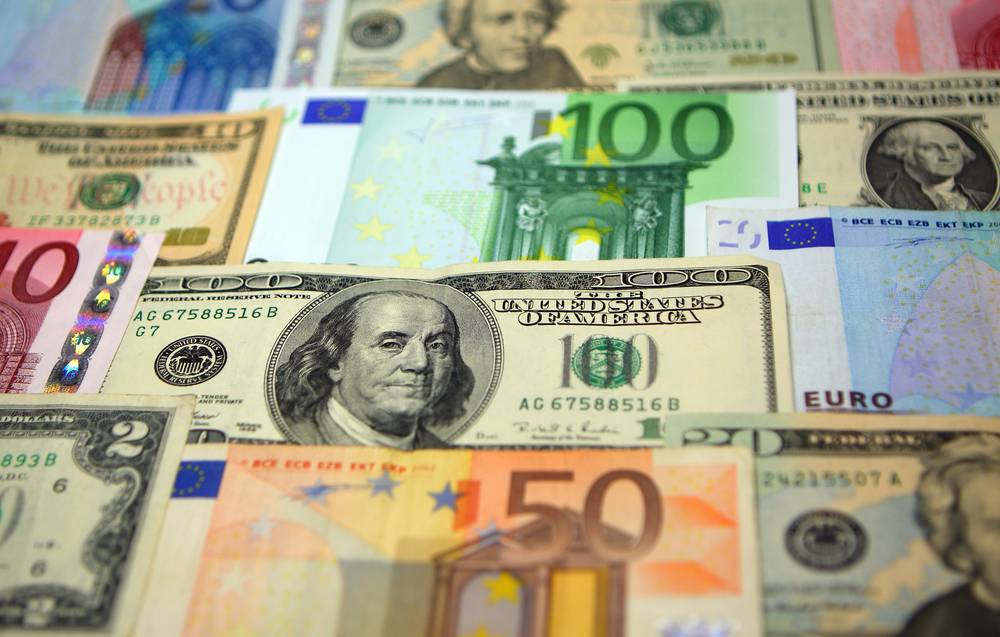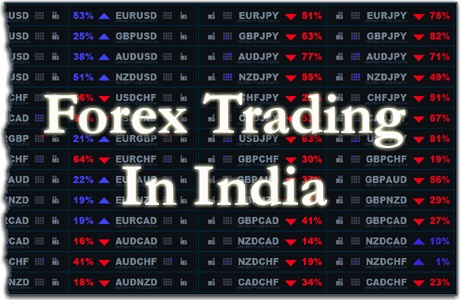Introduction:
In today’s globally interconnected world, currency exchange plays a pivotal role in international trade, investments, and travel. India, as one of the largest and fastest-growing economies, has a vibrant foreign exchange (Forex) market that determines the value of its currency, the Indian Rupee (INR). Understanding how Forex rates are determined in India is crucial for businesses, investors, and anyone engaging in international transactions.

Image: www.indiafilings.com
Forex Basics:
Forex rates refer to the exchange rate between two currencies, indicating how much of one currency is required to buy another. These rates fluctuate constantly due to a multitude of factors that shape the global economy. In India, the Forex market is regulated by the Reserve Bank of India (RBI), which plays a vital role in managing the country’s currency value against foreign counterparts.
Factors Determining Forex Rates in India:
The interplay of several macroeconomic and financial factors influences the determination of Forex rates in India. Let’s delve into each of these factors and explore their impact:
1. Demand and Supply:
The fundamental principles of supply and demand apply to the Forex market as well. When there is high demand for a particular currency, such as INR, its value rises against other currencies. Conversely, when supply exceeds demand, the value of INR tends to decline.

Image: taxguru.in
2. Interest Rates:
Interest rates set by the RBI significantly impact Forex rates. Higher interest rates in India compared to other countries attract foreign capital inflows, increasing the demand for INR and strengthening its value. Conversely, lower interest rates can lead to capital outflows, weakening the INR against foreign currencies.
3. Inflation:
Inflation, or the rate of price increases, plays a crucial role in Forex rate determination. Higher inflation erodes the purchasing power of INR, making it less valuable compared to currencies with lower inflation rates. This can lead to a depreciation of INR.
4. Balance of Payments:
The balance of payments (BOP) accounts for the net inflow and outflow of goods, services, and capital. A positive BOP indicates that India exports more than it imports, creating a favorable demand for INR and strengthening its value. Conversely, a negative BOP can lead to a weaker INR.
5. Foreign Exchange Reserves:
India’s foreign exchange reserves play a significant role in managing Forex rates. When the RBI possesses ample foreign exchange reserves, it can intervene in the Forex market and stabilize the value of INR. Conversely, low reserves can limit the RBI’s ability to influence Forex rates.
6. Economic Growth:
Strong economic growth in India attracts foreign investors, leading to an increased demand for INR and a stronger value. Conversely, a slowdown in the economy can result in a depreciating INR as investors seek safer havens for their funds.
7. Political and Social Stability:
Political and social stability in India enhances the confidence of foreign investors and leads to higher capital inflows. This, in turn, strengthens the INR’s value. Conversely, political instability can trigger capital flight and weaken the INR.
Understanding the RBI’s Role:
The RBI plays a pivotal role in stabilizing Forex rates in India and maintaining a balance in the external sector. It utilizes various monetary and intervention tools to manage Forex rates, including:
- Open Market Operations: The RBI buys or sells government securities to adjust the money supply, influencing interest rates and Forex rates.
- Interest Rate Management: The RBI sets short-term interest rates to influence capital flows and stabilize Forex rates.
- Currency Intervention: The RBI intervenes in the Forex market by buying or selling foreign currencies to influence the value of INR.
How Are Forex Rates Determined In India
Conclusion:
Determining Forex rates in India is a complex process influenced by a myriad of factors. Understanding these factors is crucial for businesses, investors, and individuals engaging in international transactions. By closely monitoring economic indicators, analyzing global trends, and considering the RBI’s role, we can make informed decisions while navigating the dynamic Forex market. Remember, a stable and well-managed Forex rate system is essential for sustainable economic growth and financial stability in India.






